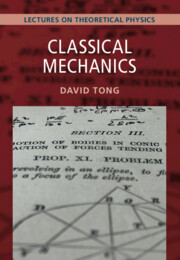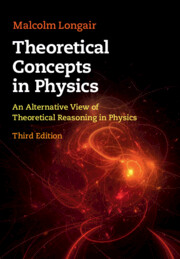Refine search
Actions for selected content:
5 results

Classical Mechanics
- Lectures on Theoretical Physics
-
- Published online:
- 26 June 2025
- Print publication:
- 19 June 2025
-
- Textbook
- Export citation
21 - From Metaphysical Principles to Dynamical Laws
- from Part III - Problems and Controversies
-
-
- Book:
- The Cambridge History of Philosophy of the Scientific Revolution
- Published online:
- 14 January 2022
- Print publication:
- 06 January 2022, pp 387-405
-
- Chapter
- Export citation
6 - The Projection Method in Classical Mechanics
-
-
- Book:
- Integrable Systems and Algebraic Geometry
- Published online:
- 19 March 2020
- Print publication:
- 02 April 2020, pp 109-132
-
- Chapter
- Export citation

Theoretical Concepts in Physics
- An Alternative View of Theoretical Reasoning in Physics
-
- Published online:
- 27 March 2020
- Print publication:
- 16 April 2020
1 - Short Review of Classical Mechanics
- from Part I - General Properties of Fields; Scalars and Gauge Fields
-
- Book:
- Classical Field Theory
- Published online:
- 04 March 2019
- Print publication:
- 14 March 2019, pp 3-13
-
- Chapter
- Export citation
